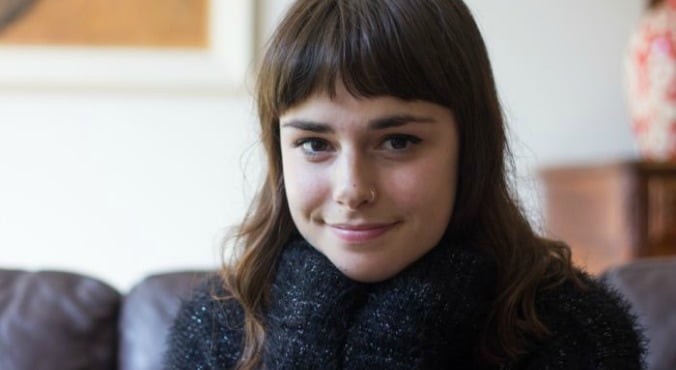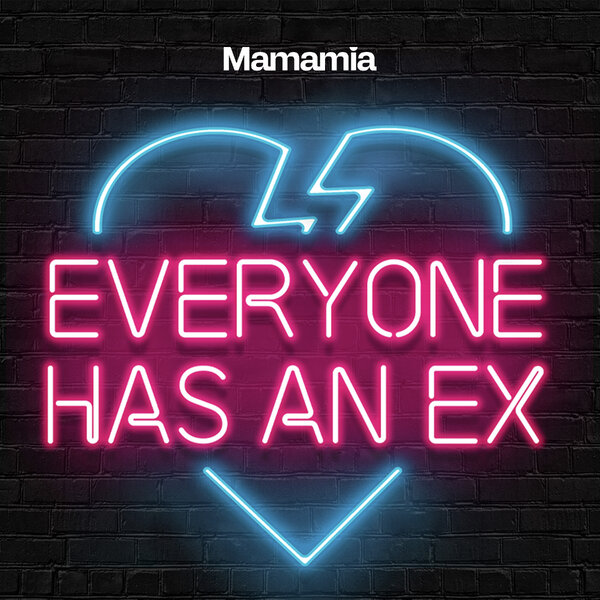
Image: ABC
“You’re beautiful” is a phrase Melbourne woman Bessie has heard many times, but the 23-year-old has always struggled to believe it. Instead, a body image disorder has made her believe she was so ugly that she considered taking her own life.
Body dysmorphic disorder (BDD) is a mental illness that involves an obsession with perceived or imaginary defects in a person’s appearance.
For Bessie, it began 10 years ago with a fixation on her nose, then her skin.
“The mirror became my best friend and my worst enemy. I was disgusted by what I saw, but at the same time I sought reassurance and thought next time I looked I might get that reassurance,” she said.
By the age of 14, she was determined she wanted cosmetic surgery.
“I started saving for a nose job when I was 13 or 14 — it was my plan for as soon as I turned 18.”
The mirror became my best friend and my worst enemy. I was disgusted by what I saw but at the same time I sought reassurance.
Bessie, sufferer of body dysmorphic disorder
Bessie’s desire for cosmetic surgery came long before she sought psychological treatment, and presentations at doctors failed to recognise her disorder or offer appropriate treatment.
Being unable to access the surgery as a minor, she sought temporary relief by covering all mirrors and reflective surfaces in her family home with newspaper — but the solution was short-lived.
Like many people with BDD, it took years for Bessie to recognise her battle was internal and could not be resolved by changing her appearance.
“As I got older I realised it wasn’t just something wrong with me physically, it was the way I was processing my feelings and the way I related to myself,” she said.
“A lot of the time I would become hysterical and I felt like there was nothing I could do to change it because it was who I am.”






























































































